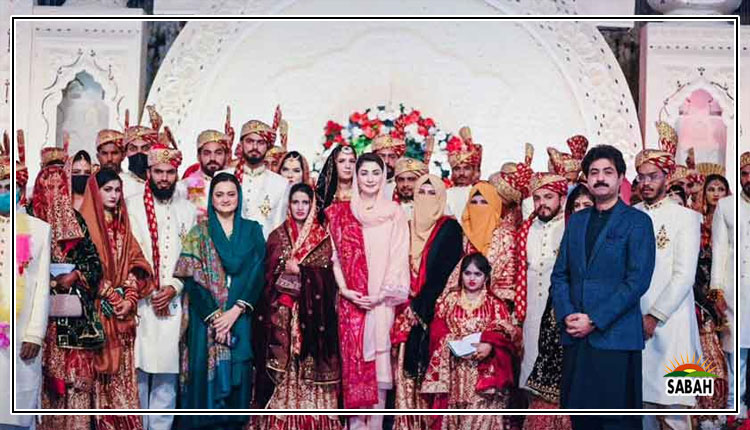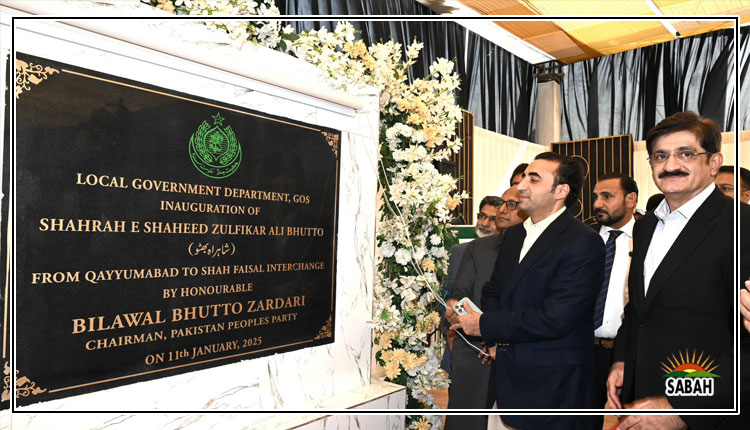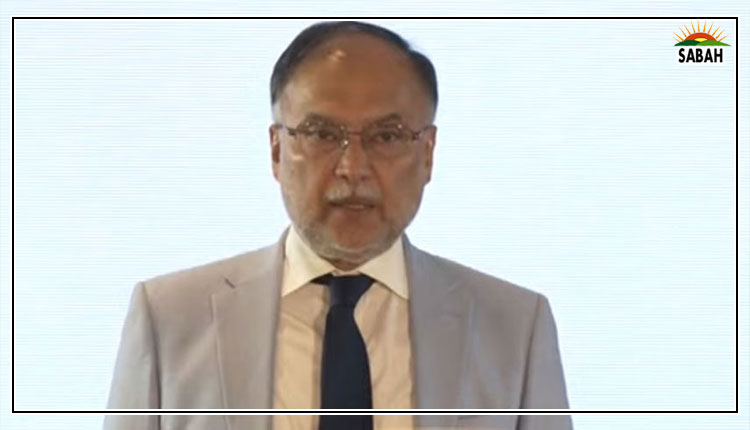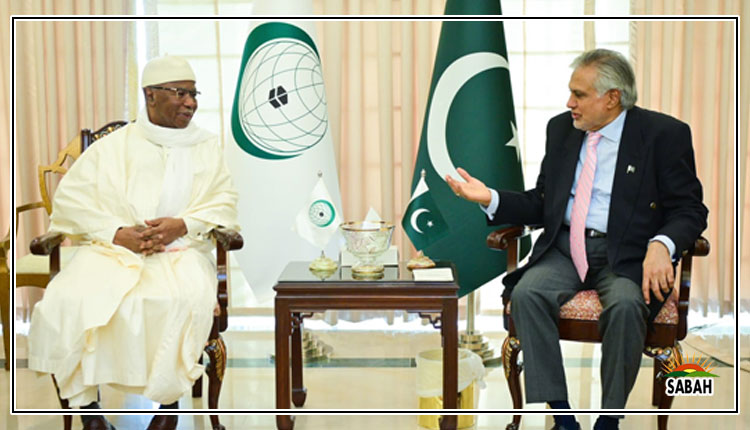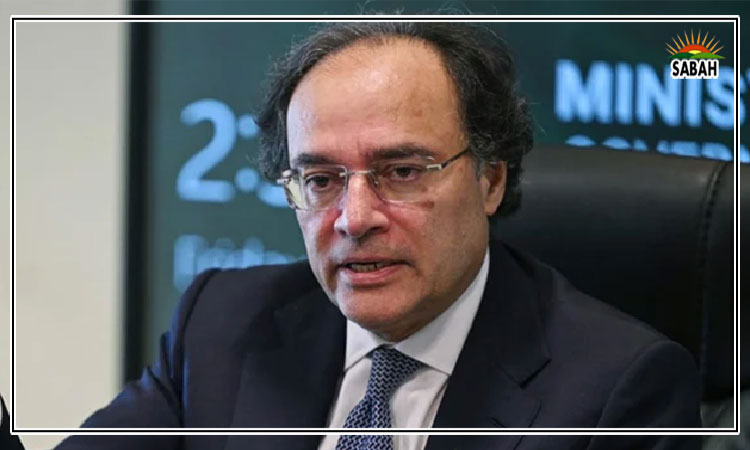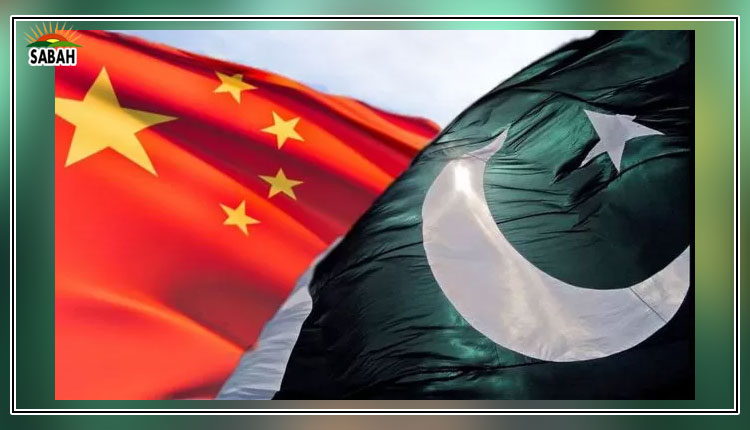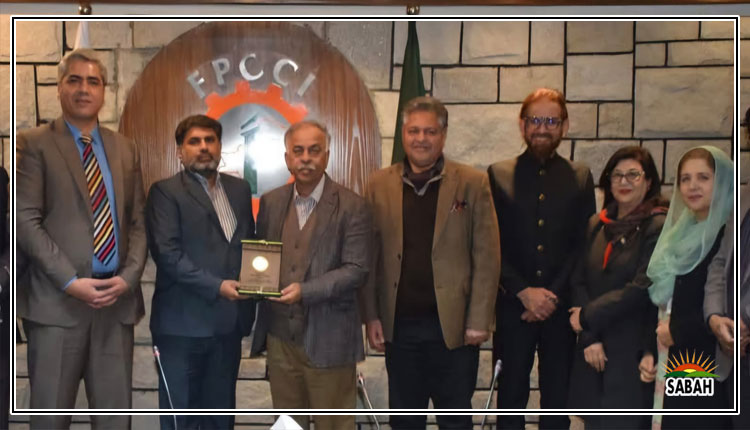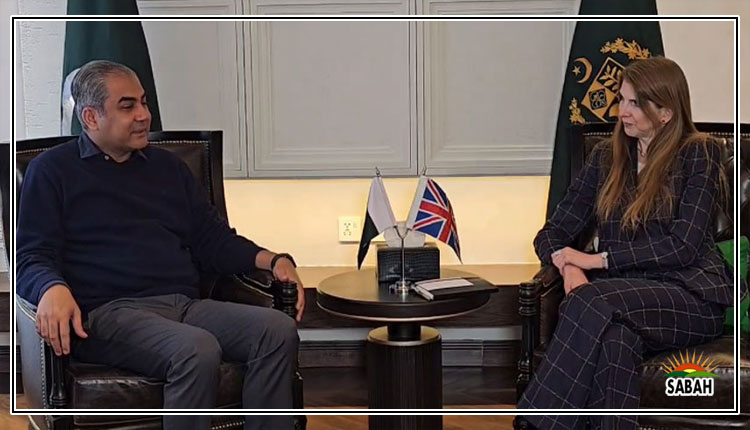Peace education…Ramsha Mehboob Khan & Zarmina Aijaz
Every society struggles with conflict at both small and big levels. Not only do such conflicts affect the lives of individuals, they also disrupt a country in terms of its growth, economy and culture, and the mental health of its people. Only those societies which are well-prepared and well-skilled can get rid of conflict.
Resolving conflict is necessary to maintain stability in society. It is not only about resolution. One can resolve the matter, but how one deals with a certain situation carries greater significance.
Certain strategies are mostly used in conflict resolution processes including collaboration, compromise, accommodating, competition, and avoidance of conflict.
For long-lasting peace in society, we need to work on the grassroots level first. But before we start work on peace education, we need proper sustainable planning, high skills, and peaceful schooling for a harmonious world.
Internally displaced flood-affected children attend a class at a makeshift school at Dera Allah Yar in the Jaffarabad district of Balochistan. AFP/File
Internally displaced flood-affected children attend a class at a makeshift school at Dera Allah Yar in the Jaffarabad district of Balochistan. AFP/File
Pakistan has been grappling with armed, ethnic, and sectarian conflicts due to its diversifying nature, so it is critical for the country to end hatred, prejudice, and conflicts through tolerance and respect.
Pakistan has three education systems: private institutions, state-owned or public institutions and madrassas. All these systems have different strategies for teaching peace. Integration of peace education in the curriculum can be the most effective strategy.
Inculcation of the subject peace education is crucial as it is a sustainable solution that aims to educate people to build non-violent conflict resolution skills. It helps in identifying and addressing the root causes of the conflict as well as preventing it.
It also builds and develops counter-narratives, skills, and understanding based on tolerance, acceptance of diversity, opinions, and differences, respect, and empathy towards all regardless of gender, race, community, ethnicity and religion.
We need to work on this from scratch. For this, we need to include peace education in the curriculum from the school to the university level. Education on peace is required not only at the college or university level but also to provide school-going students with awareness training programmes and understanding.
Students need to learn about the terms, purpose, and the use of terms efficiently and understand how conflict is created in a society and how one can avoid it with skills. For this, well-trained teachers with high capacity-building skills are required to train students.
Students at the Montessori level need to get involved in such activities whose aim should be to resolve problems with kind words, resolve problems with cooperation, and resolve problems with acceptance.
Such activities need to be introduced where promotion of peace can be put into place for student learning, and they can learn cooperative skills, non-dispute resolution ways, and peaceful engagement techniques, as well as maintain healthy interactions.
Equal access to knowledge and opportunities is key to peace, which is a need to be provided to every student regardless of the differences based on religion, race, ethnicity, and contradictions. We need to incorporate a system in society where people do not hesitate to learn beyond the limitations set by our society.
We need openness to study diverse cultures, comparative religions, and minorities, and need to accept and respect diversity. This will bring confidence and transparency to society where people give value to each other, listen to their stories, and learn from each other with a broad-minded vision.
A good education system is always open for all to seek knowledge, to better understand, and to play the best part in the nations future. There must not be any discrimination within the education system, in terms of knowledge and personality building of students. Every student needs to be treated equally.
The role of a teacher is eminent in peace education as they are peacebuilders of society through their teachings. It has some flaws in the teaching process where manipulation occurs in a teaching paradigm, due to misinterpretation and misconceptions, and a conflictual environment can develop in society. It is our responsibility to teach optimistic content and avoid content that can cause disruption. Misinterpretation and misinformation also contribute to conflict, so these issues also need to be addressed. There is a need to improve the existing teaching methods so that the message can be conveyed properly and the purpose of introducing peace education can be fulfilled.
While on the one hand, teachers have a high responsibility to coach students with proper references, students, on the other, must develop rational and critical thinking based on accurate and liable information, instead of adopting an emotional approach without investigating it. Without proper methods of teaching, it is critical to get effective results. For that, teachers training is also important.
Faculty screening is important, and every institution requires a psychologist to understand student behaviour as well as provide them with specific guidance and counselling. A peaceful society is where human beings get access to identifying their problems and can address and have optimum solutions for them.
Peace is not a topic that is just taught and does not need any direction. It is life-based learning that requires critical thinking and problem-solving practices for every step to deal with different situations. It also requires proper guidance to achieve the best outcome and make society harmonious.
Courtesy The News


